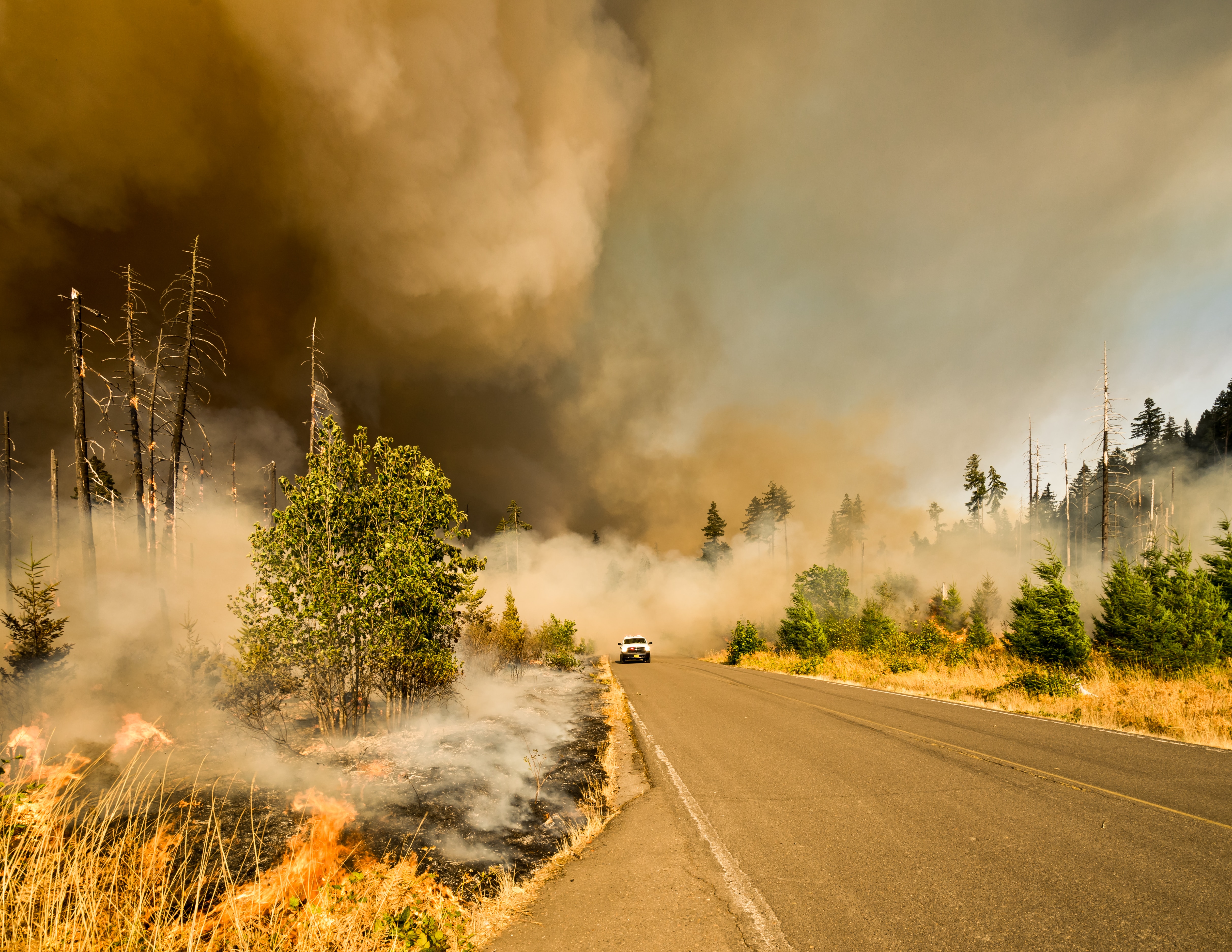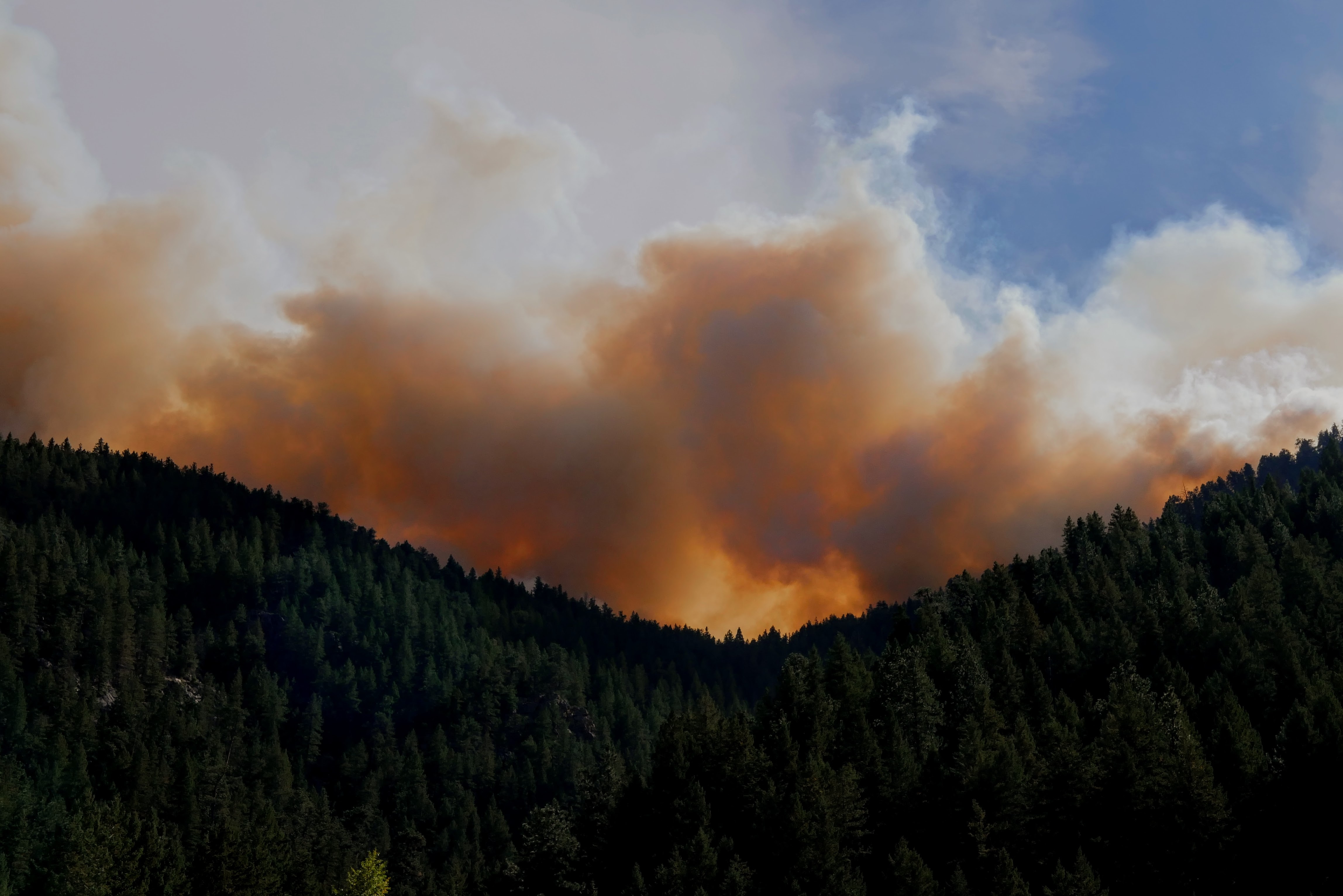Wildfires
Wildfires and climate change are locked in a vicious circle: Fires worsen climate change, and climate change worsens fires.
Scientists, including those at the World Resources Institute, have been increasingly sounding the alarm about this feedback loop, warning that fires don’t burn in isolation — they produce greenhouse gases that, in turn, create warmer and drier conditions that ignite more frequent and intense fires.
When forests burn, carbon dioxide and other greenhouse gases are released into the air. It’s considered part of a natural cycle, with plants absorbing and then releasing the chemicals into the air over time. But experts say the increasing frequency of fires might be throwing this cycle out of balance.
Emissions this year from Canada’s forests have shattered records, according to the European Union’s Copernicus Atmosphere Monitoring Service. Last year, carbon dioxide from boreal forests — the world’s northernmost forests, which span vast swaths of Canada and Alaska — hit a record high, UC Irvine researchers reported in the journal Science.
Fires in these northern latitudes are of deep concern to researchers, as those forests historically were too cold to experience significant burns. They are incredibly dense, and emit methane from the permafrost that lies beneath them.
“These are forests that haven’t burned, not just in decades but probably centuries,” said Char Miller, an environmental professor at Pomona College in Claremont. “Where does that carbon go? It goes up into the atmosphere, it circles all around the globe, it’s affecting all of us. It’s both symbolic and I think really significant. The coldest part of the planet is also exploding in fire.”
State officials say restoring the health of forests and taking steps to make sure they are more resilient to fires will result in fewer wildfires and fewer climate-changing emissions.
Air board models project that natural and working lands — forests, rangelands, urban green spaces, wetlands and farms — will be a net source of emissions through 2045, while at the same time these lands will experience a decrease in the trees, shrubbery, soil and other natural features that naturally sequester carbon.

